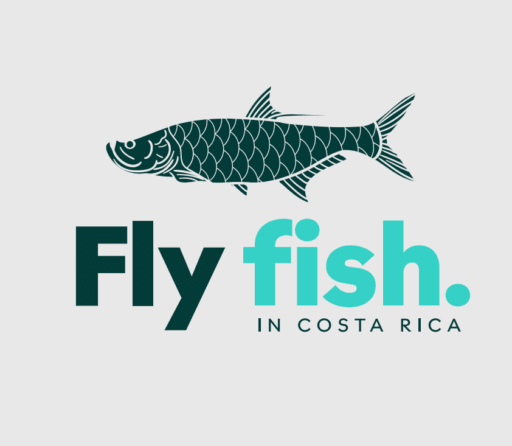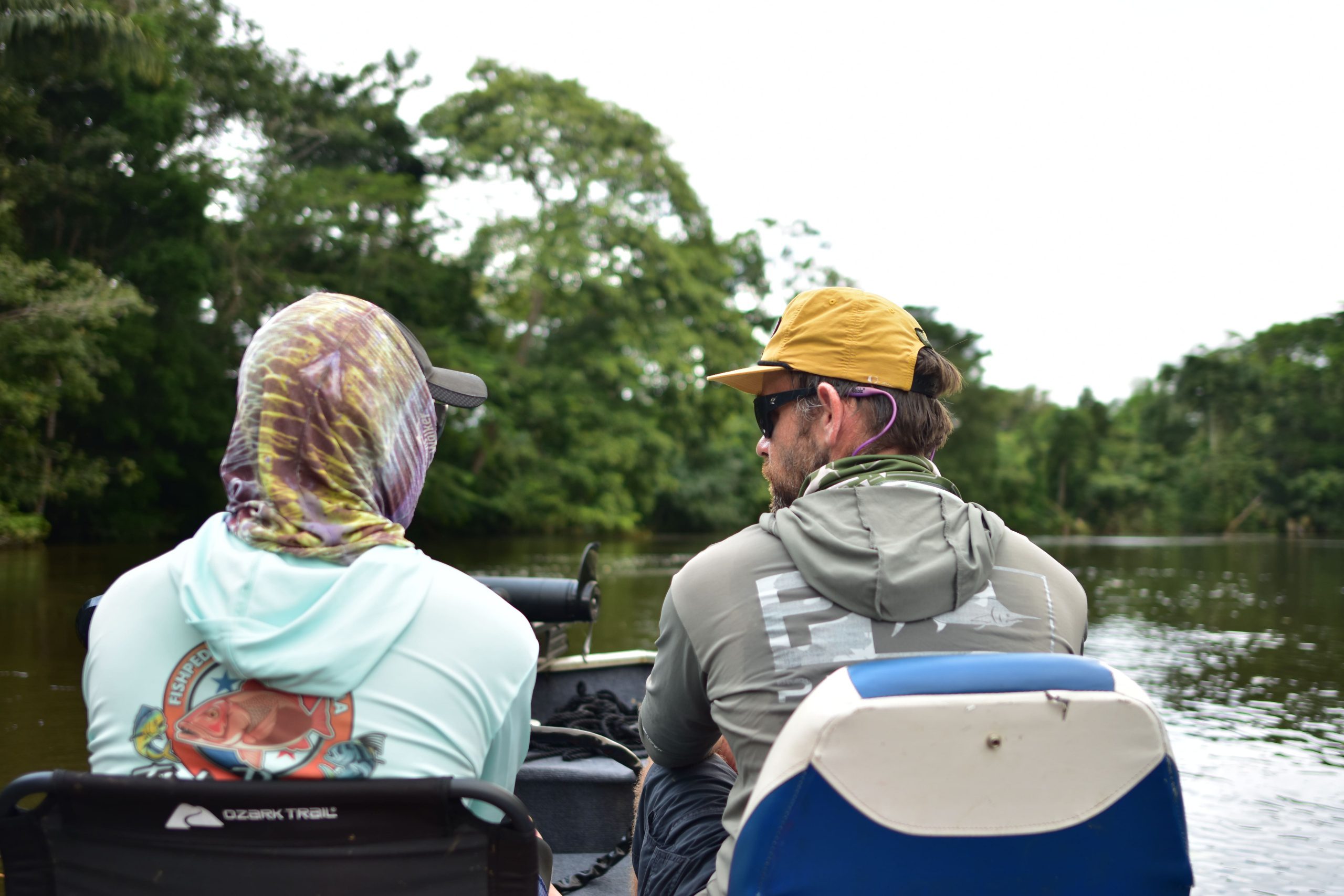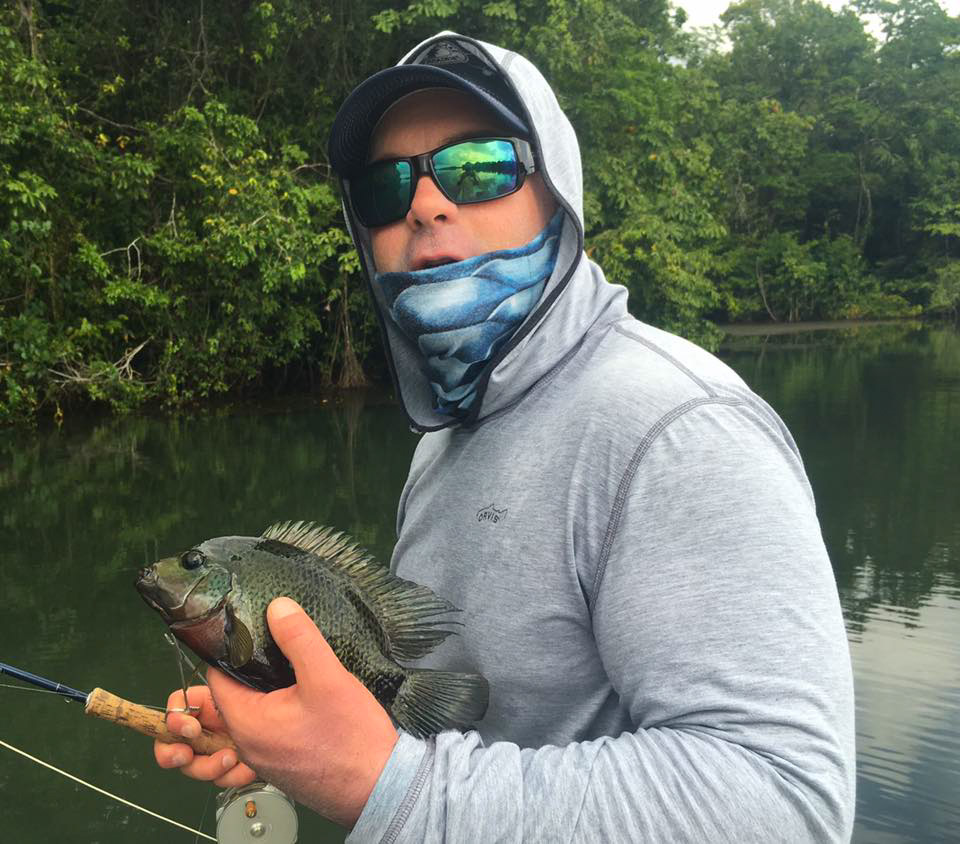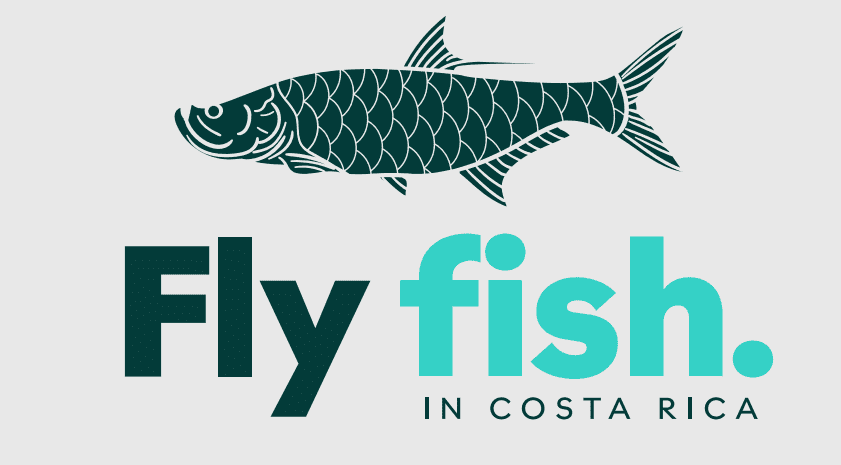Costa Rica, famed for its stunning natural beauty and unparalleled biodiversity, is a dream destination for fly fishing enthusiasts. With its diverse ecosystems, ranging from lush rainforests to expansive coastlines, anglers have the incredible opportunity to target a variety of species in both freshwater and saltwater environments. Here, fly fishing evolves into an unforgettable experience that blends adventure with relaxation. So, whether you’re a seasoned angler or a beginner eager to cast your first line, Costa Rica has something special for you amid its breathtaking landscapes. 🎣

Why Choose Costa Rica for Fly Fishing?
Costa Rica ranks among the top fly fishing destinations in the world, and for good reason. The country is teeming with an extensive range of fish species, including sought-after Roosterfish, Machaca, and Rainbow Bass. Whether you choose to fish from the shore, use a kayak, or venture out to sea on a boat, these waters are accessible for all. The rich biodiversity not only enhances your fishing experience but allows for immersive wildlife encounters, including sightings of exotic birds, monkeys, and even sea turtles. 🌴 Moreover, Costa Rica’s commitment to sustainability and conservation ensures that anglers can enjoy eco-friendly practices while fishing in pristine waters. Adventure junkies will appreciate the opportunity to engage in various outdoor activities, such as hiking, zip-lining, or surfing when they’re not on the water. 🏞️
Fishing Seasons in Costa Rica
The fishing seasons in Costa Rica vary depending on the species targeted. Coastal areas generally offer the best fishing from December to April—a period known as the dry season—during which fly fishing for species like Roosterfish and Marlin peaks. In contrast, freshwater fishing can be fruitful year-round, especially for species like Rainbow Bass and Guapote. If you’re willing to navigate different conditions, the rainy season from May to November also brings good opportunities. While rain may alter plans, it often leads to a more diverse experience with stunning scenery and less crowded fishing spots. Timing your visit according to fish species and their migration patterns can greatly enhance your chances of landing that prized catch. 🌧️
Coastlines and Their Unique Offerings
Costa Rica features two primary fishing coastlines: the Pacific Coast and the Caribbean Coast. Each offers unique fishing opportunities, tailored to different preferences and fishing styles.
- The Pacific Coast is a hotspot for anglers seeking large pelagic species like Marlin and Tuna. The waters here are rich and biodiverse, making it an ideal location for both inshore and offshore fishing. Renowned spots such as Tamarindo, Manuel Antonio, and the Osa Peninsula are famous for their fishing charters and guides, offering expert knowledge to help maximize your experience. In addition to saltwater species, the rivers and lakes inland from the Pacific Coast provide excellent options for targeting freshwater species like Rainbow Bass.
- The Caribbean Coast presents a different fishing experience, characterized by its tranquil waters and lush mangroves. Known particularly for Machaca and Snook fishing, the more laid-back atmosphere in areas like Cahuita and Puerto Viejo allows anglers to explore untouched fishing spots, often surrounded by vibrant wildlife. This area is ideal for those who enjoy fishing in serene, scenic landscapes. 🌊
Target Species in Costa Rica
Roosterfish, recognizable by their iconic dorsal fins, are among the most sought-after game fish in Costa Rica. Found along the Pacific Coast, particularly in shallow waters near rocky outcrops and surf breaks, the thrill of catching a Roosterfish lies not only in their vigorous fight but also in their beauty, making them a bucket-list fish for many anglers. Techniques such as using poppers or larger baitfish imitations are notably effective, especially during dawn or dusk when they are most active. 🌅
The Machaca, a freshwater fish found in rivers and waterways, is gaining popularity for its exciting action and unique feeding behavior. These fruit-eaters are often drawn to terrestrial fruits that fall into the water, adding an interesting twist to fishing for them. Fly anglers frequently use imitations of these fruits or brightly-colored flies to entice bites. The experience of catching a Machaca amidst the company of monkeys and abundant wildlife is a highlight for many visiting fly fishers. 🐒
Rainbow Bass and Guapote, or Wolf Cichlid, thrive in the rivers and lakes of Costa Rica, providing exhilarating opportunities for freshwater fishing. Known for their aggressive behavior, these species promise a thrilling fight, making them ideal targets for fly anglers. Utilizing sinking lines and streamers can yield successful results, and the abundance of these fish in various habitats allows anglers to enjoy a range of environments, from lakes surrounded by towering mountains to slower-moving rivers within the jungle. 🏞️
Offshore Fishing
Costa Rica’s offshore waters are celebrated for their thriving populations of big game fish, including Tuna and Marlin. These powerful species provide the ultimate angling challenge; reeling in one of these majestic fish is undeniably a life-changing experience. Booking an offshore fishing charter with experienced captains and guides is highly recommended for optimal results, as they possess the knowledge of the best spots and techniques for targeting these larger species. Be sure to check for specific seasons and regulations affecting your catch to ensure a sustainable fishing experience. 🐟
Techniques and Gear
When fly fishing in Costa Rica, adaptability and local knowledge are essential. Optimize your fishing times, typically early mornings or late afternoons, when fish are most active. Strategically using floating and sinking lines enhances your chances of presenting flies at various depths. To target species like Roosterfish or Tuna, employing fast retrieves and using poppers or large baitfish imitations are essential for attracting bites. Other techniques could include sight-fishing, where anglers visually locate fish, or using strip-setting methods to ensure effective hook sets.
Spinning and bait fishing techniques are equally effective in Costa Rica. Being aware of the quickly changing fishing conditions can make a significant difference. Utilizing live bait—such as sardines or shrimp—can be particularly successful when conventional methods prove challenging. Experimenting with various retrieval speeds and depths can help reveal what fish are currently feeding on. Fishing structures like reefs or submerged rocks can also produce bites from predatory fish that hide within these spots. 🪸
Preparing for Your Trip
When preparing for fly fishing in Costa Rica, selecting the right gear greatly impacts your success. For many coastal species, a 9-weight rod paired with an appropriate saltwater reel is ideal. Ensure your reel has a sturdy drag mechanism to manage the powerful pulls from species like Roosterfish and Billfish. For larger catches, especially in offshore settings, a 10-weight rod or higher may be necessary.
Choosing the correct flies is crucial for successful fly fishing. For Roosterfish, poppers and small baitfish imitations, such as Clousers, can prove effective. When targeting Machaca in freshwater, consider using fruit imitations, as these often yield exciting results. Always carry a selection of sizes and patterns to adapt to the fish’s behavior on any given day. 🎣
In addition to rods and reels, it’s wise to pack polarized sunglasses to reduce glare on the water, a wide-brimmed hat for sun protection, and cooling fishing apparel suitable for hot climates. Don’t forget sunblock, insect repellent, and a reliable tackle box stocked with essential items, including hooks, line, and leaders. Additionally, remember to obtain your fishing license, particularly when fishing from a boat—as adhering to local regulations is imperative.
The Advantages of Hiring a Local Guide
Hiring a local fishing guide comes with numerous advantages, especially for those unfamiliar with Costa Rican waters. Guides offer invaluable local knowledge, recommending the best fishing spots tailored to your targeted species. They provide essential equipment, teach you techniques on the water, and ensure safety during your fishing adventure. Utilizing a guide can greatly increase your chances of landing fish and enhance your appreciation of local ecosystems. 🌊
DIY Fishing Approach
For those who prefer a DIY fishing approach, thorough research is key. Connect with local communities and fellow anglers to gain insights on top fishing spots and techniques. Make sure to bring your gear, as local shops may not offer comprehensive supplies. Prior to angling, scout the area to test waters and check conditions. Familiarizing yourself with tidal changes and weather patterns can significantly influence fish behavior. Always prioritize safety when exploring remote areas or deep waters. 🌄
Accommodations for Anglers
Costa Rica has several fishing lodges that cater specifically to anglers. These lodges often provide comfortable accommodations, guided tours, meal plans, and direct access to premier fishing locations. Establishments like the Zancudo Lodge and Crocodile Bay Resort are recognized for their focus on anglers’ needs, ensuring a seamless fishing trip.
Families combining relaxation with fishing can choose family-friendly resorts that offer fishing access. Resorts such as the RIU Palace in Guanacaste feature amenities for all ages, offering various water sports and activities while being close to fantastic fishing opportunities. When searching for accommodations, check if they provide fishing packages or partnerships with local guides to maximize your experience. 🏖️
Timing Your Trip
Timing your trip for the best fishing experience means planning your visit to align with your targeted species and preferred fishing style. The peak fishing season typically spans from December to April, coinciding with Costa Rica’s dry season. However, don’t overlook the unique beauty of the rainy season from May to November; it offers quieter fishing opportunities with less competition on the waters. 🌧️
Navigating Costa Rica
Navigating Costa Rica may require some planning, as prime fishing spots can be in remote locations. Consider renting a car for flexibility, or use transportation services offered by fishing lodges. Road conditions can vary, particularly in rural areas, so ensure your vehicle is suitable for the terrain. Utilizing local guides or joining organized fishing tours that include transportation can provide seamless experiences.
Conclusion
Fly fishing in Costa Rica promises excitement, adventure, and stunning views. From the exhilarating pursuit of Roosterfish on the Pacific Coast to tranquil moments casting for Machaca in lush jungles, anglers of all skill levels will find fulfillment amidst exceptional natural beauty. Engage with local communities, respect fishing regulations, and immerse yourself in this captivating destination.
Whether you opt to venture out alone or hire a guide, Costa Rica’s bountiful waters await your line. Prepare for an unforgettable journey in one of the world’s most sought-after fishing destinations, where your fishing dreams can truly come to life. 🌎





